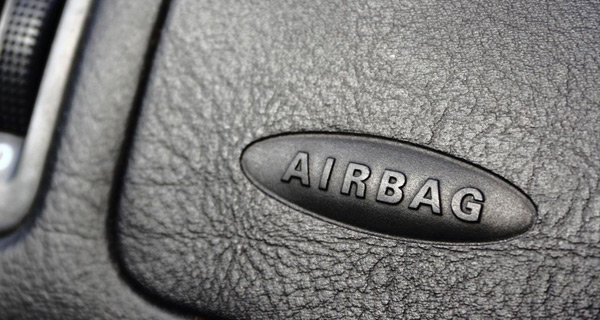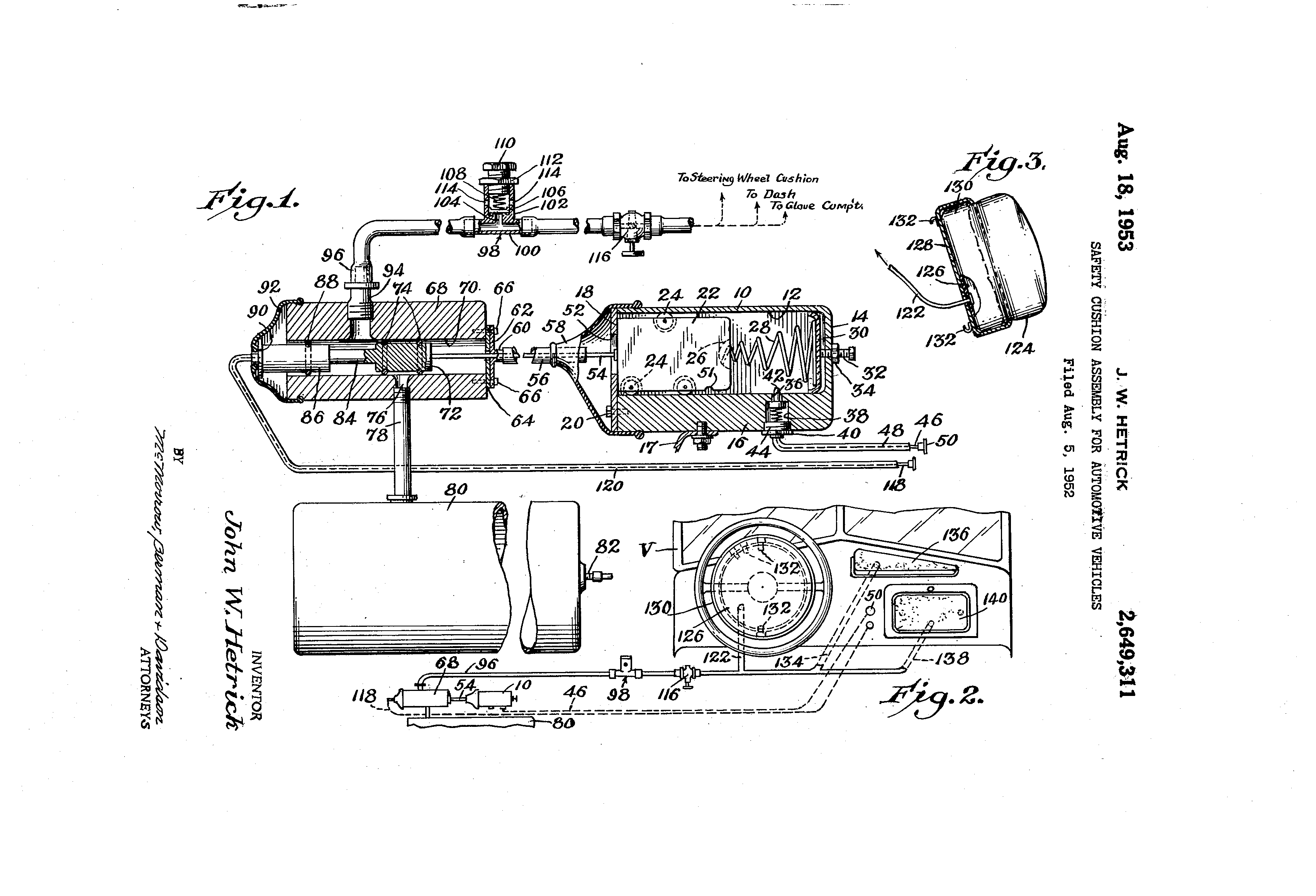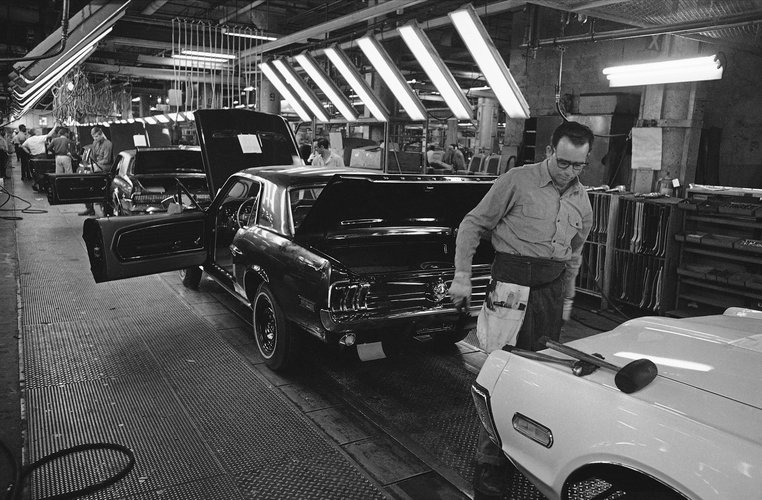Today’s cars possess a variety of active and passive safety systems, the latter including the famous airbags. What may blow your mind is that the first patents for inflatable car safety systems predate the Beatles by a decade. The fame of that band would rise and fall, culminating in the death of John Lennon before we would install airbags en masse.
The airbag systems in our cars are ones we hope to never need, let alone see. The moment the airbag deploys, we’ve done the damage to the car, and possibly our bodies. Since their inception, we’ve saved hundreds of thousands of lives, which mandates a couple of questions.
- Why did it take so long?
- What other safety options exist that we haven’t employed which could save hundreds of thousands of more lives?
The answers to these questions aren’t far off what one would surmise about such things. Technology costs money, and manufacturers always answer to that bottom line.
If they don’t see how a feature can increase their net profit, they won’t do it without regulation. That doesn’t stop makers from innovating ideas. The airbag was the most important safety innovation since the seat belt.
Origin story
In 1951, two inventors submitted patent requests in two different countries. One was in Germany. A man named Walter Linderer submitted his patent there, while John Hedrick did so in the United States.
Hedrick’s passed muster first, but both ideas were for naught in raw form. We didn’t yet possess the technology to deploy their airbag designs, not instantaneously.
For example, Linderer’s design operated via compressed air. By the sixties, when we started testing variations of these systems, we discovered that compressed air didn’t deploy the bags fast enough.
Hedrick’s patent was less specific about how the bags would inflate, so no on that patent too. Today’s bags are the result of a rapid chemical reaction, like safety raft but faster.
The Resistance
The automotive industry has traditionally resisted safety augmentations. These additions cost money, usually a lot on balance considering they implement nascent technologies.
A light bulb is cheap because of supply and demand, whereas a custom airbag system would add massive costs to a prospective vehicle.
For this reason, despite the first safety research coming to light in the 50s, manufacturers waited for regulations to force their hands before adding safety systems.
The exceptions to this rule were the first inflatable restraint systems by Ford and GM. In 1971, Ford built an experimental fleet of automobiles with early airbags.
GM made a similar move in 1973, but most of the automobiles they made were for government use only. The 1973 Olds Toronado was the first civilian car with an airbag. Olds followed with a couple of other models.
Cadillac started adding them in the mid-70s too, but they would not be mandated until 1998. Most brands held out until then.
Safety Marketing
What these automakers failed to realize was the marketing opportunity with safety. We’d had the seatbelt in cars since the 1960s, but folks didn’t like the hassle.
Seat belts were and still are active safety systems. Drivers and passengers must reach all the way up, stretch the belts across their bodies, then push the end all the way into the seat. It’s a wonder we don’t need deep tissue massages after every ride in the car. Never mind how much those belts wrinkle our clothing!
The airbag offered safety for lazy people. The auto manufacturers could have sold safer cars to buyers who wanted safety without hassle by marketing the benefits of airbag safety.
Volvo did this with some success, but their cars were boxy and expensive. In the long run, lawmakers leveled the field. By 2000, everyone was in the game, advertising cars as if they thought of the airbag idea.
Suddenly, safety mattered to everyone.
The Future
Today’s airbags not only deploy more with greater efficiency than the ones from 1998, we have more than two of them in each car.
The first regulations put one in front of the driver and front seat passenger. Now cars come with side airbags, rear airbags, even airbags on the outside of the car to protect pedestrians. Imagine!
Surely we can expect cars of the near future to enrobe themselves in a ball of airbags at the first hint of an accident. By then, the artificial intelligence behind the wheel will have predetermined the crash, applied the requisite avoidance maneuvers, then deployed the bags before losing a layer of paint.
Does that sound silly? Imagine telling people in the 1950s that an inflatable airbag was worth added cost to their reliable Studebaker.
In the dystopian futuristic movie, “Demolition Man,” cars have something called safety foam, a futuristic upgrade to airbags which fill the car with quick-hardening foam in an accident.
There is something at least that crazy sitting on the shelves of the patent office right now. It will be in your hover-car before you know it.





